A Review of the Research on Colloidal Silver
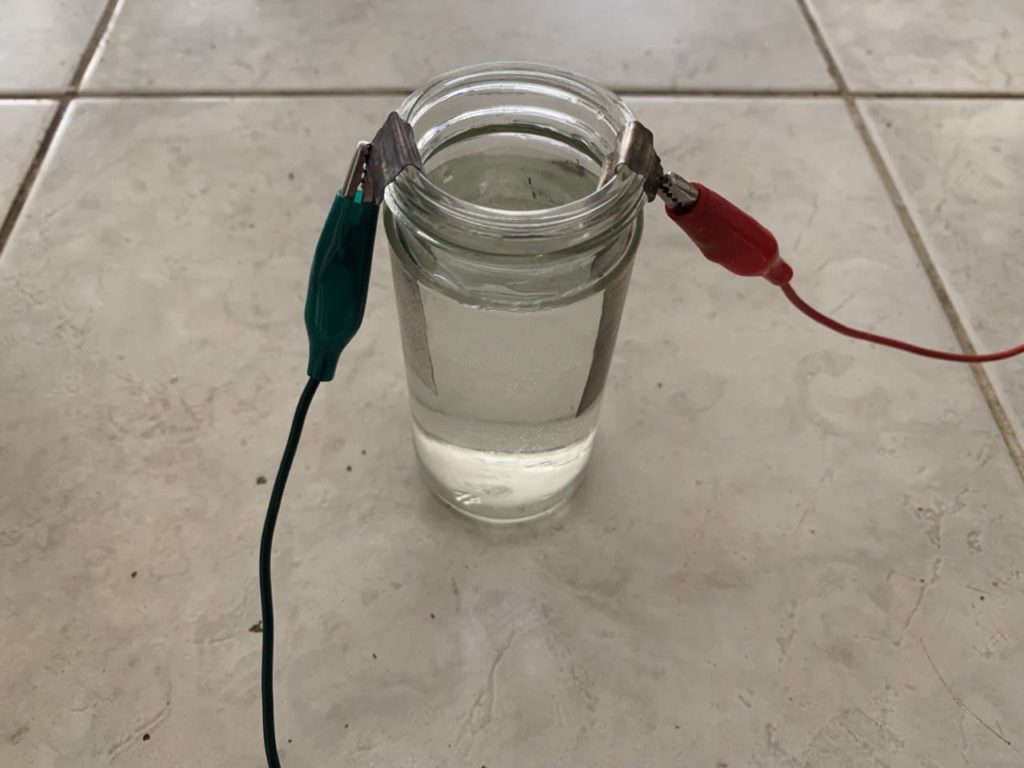
Colloidal silver is a good example of how some alternative treatments can create knee-jerk reactions in both directions. Some people claim colloidal silver is a cure-all. Others claim there is no research supporting any potential use of the product and describe it as a scam. The truth likely lies in the middle, with some potential applications of colloidal silver, mostly as a novel antimicrobial.
It’s also worth noting that colloidal silver is often misused as a term. True colloids are mixtures of two substances where the particles are small but not completely dissolved. When colloidal silver is made properly, it is a combination of water and tiny particles (nanoparticles) of silver. These particles are so small that they won’t settle out and stay suspended.
Numerous websites and companies sell colloidal silver that is actually ionic silver. The most common way that people try to make colloidal silver using electricity produces ionic silver. If ionic silver isn’t processed further, it is not colloidal silver. Ionic silver is a silver salt dissolved in water and has somewhat different chemical properties as compared to colloidal silver. Generally, colloidal silver is yellow to brown and ionic silver is clear. However, if particle sizes are small enough, there may be exceptions to this rule.
Research on Colloidal Silver
Most of the research on colloidal silver is found under research on silver nanoparticles. It is worth noting that the effects of colloidal silver can vary, often profoundly, based on the particle size and shape (Liu 2010, Belteky 2021). Smaller particles have stronger antimicrobial effects, but also increased cellular toxicity since they can more easily penetrate cells. Therefore, it is worth recognizing that the process used for producing colloidal silver can profoundly influence its effects.
Antimicrobial mechanisms
The main antimicrobial mechanisms from colloidal silver appear related to three factors:
- The release of toxic silver ions
- Free radical production
- Direct killing effects of nanoparticles
The most widely acknowledged antimicrobial effects from silver nanoparticles is due to their release of silver ions. Silver ions are toxic to bacteria, causing damage to cell membranes and disrupting deoxyribonucleic acid (DNA) internally inside the microbe (Feng 2000).
Another widely acknowledged factor that contributes to the antimicrobial effects of silver are due to free radical production. Silver nanoparticles generate free radicals that can stress or kill bacteria (Dasgupta 2016). The free radicals damage the cell membrane leading to its rupture and the death of the bacteria.
While some authors have claimed that silver ions are the main antimicrobial mechanism, other research refutes this through some clever testing techniques. By securing nanoparticles to a surface, their direct antimicrobial effects can be evaluated by culturing or exposing bacteria to that surface. While the secured particles did not release many silver ions, they still displayed very potent antimicrobial effects. In addition, other data suggests that smaller nanoparticles of silver more effectively enter bacteria than silver ions, which then induce a toxic effect (Duran 2016).
As already mentioned, it’s likely that some of the differences in the research are attributed to the vast differences in effects seen with different sizes and shapes of nanoparticles. And as of yet, we still don’t know the optimum features to maximize antimicrobial effects while minimizing cellular toxicity.
Antifungal and Antiviral Properties
Beyond antibacterial effects, the research also shows potent effects on both fungal organisms and viruses. One research group used silver nanoparticles against candida and saccharomyces fungal species. They found that silver nanoparticles had “considerable antifungal activity in comparison with other antifungal drugs…deserving further investigation for clinical applications (Nasrollahi 2011).”
Other research found potent antifungal effects against plant fungal pathogens with low concentrations of silver nanoparticles (Elgorban 2015). A separate study created silver nanoparticles and then tested them against fungal and bacterial organisms. Again, they found broad, potent antimicrobial effects that are likely relevant for agricultural and medical applications (Rizwana 2021)
As for antiviral effects, a recent review described how silver nanoparticles can block viral replication, enhance the viral immune response and act synergistically with other antivirals (Ghosh 2022). The authors go on to note how promising silver nanoparticles appear to be for treating viral infections.
Clinical Trials
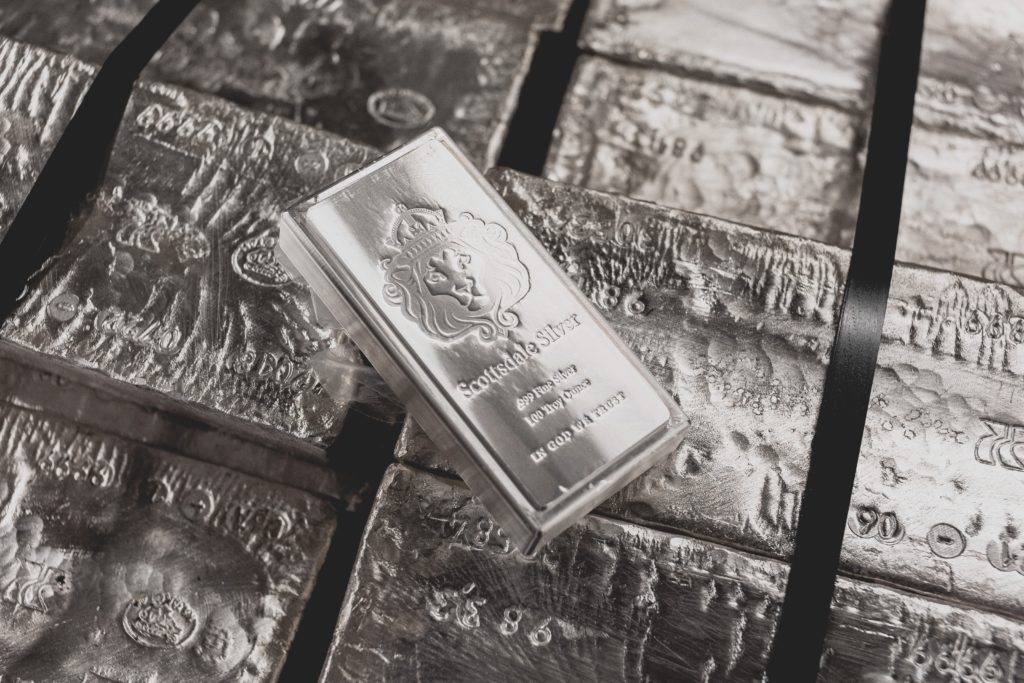
The biggest challenge in understanding the real world medical applications of silver nanoparticles is the lack of direct research in human subjects. Most studies used silver nanoparticles that are complexed with something else, like a toothbrush, or medical gauze for wounds, and many of these studies have shown positive results (Forner-Cordero 2007, Lee 2019, Ziabka 2019). Studies on the consumption of colloidal silver (a suspension of silver particles in water) are virtually nonexistent.
However, the studies that we do have using silver particle suspensions show at least some promise. One study used a mouth and nasal rinse containing silver nanoparticles in health care workers as a method for protection from Covid-19 infection. The results were impressive. Of the 114 workers using the silver rinse, only 2 developed Covid. In the control group of 117 workers, 33 developed Covid-19 infections over the same time period (Almanza-Reyes 2021).
A nanoparticle silver mouth rinse was tested in children to prevent plaque and cavities. The rinse was found to be effective for reducing the presence of bacterial biofilms on teeth (Freire 2017).
The Use of Colloidal Silver
While I am excited by the prospect of colloidal silver as a medical treatment, I am also very reserved in recommending any commercially available products. Commercial products are not well characterized or tested in the published literature to confirm benefits and to document safety. Silver nanoparticles can be toxic to cells, although this toxicity varies based on the preparation. We desperately need more research into specific types of silver nanoparticles to characterize their safety and medical use for different types of infections. The safest application currently for colloidal silver is likely for non-life threatening topical infections.
There is also the possibility of argyria if a person consumes large quantities of silver. Argyria is a blue-gray discoloration of the skin from silver deposition. The condition is harmless, although likely quite disconcerting. Evidence does suggest that laser treatments might be able to reverse argyria in those afflicted (Almurayshid 2020). The Environmental Protection Agency lists the safe dose of daily silver at 5 micrograms per kilogram of body weight per day (EPA 1991). That works out to 350-400 micrograms of silver per day for the average adult.
Conclusion
Contrary to what you often hear, there is solid and exciting research that suggests real medical potential for silver nanoparticles or colloidal silver. While not a cure-all, it appears to have a place as a potent anti-infective compound against bacteria, fungi and viruses. With more research, we can hopefully better understand the potential and unlock its full benefits.

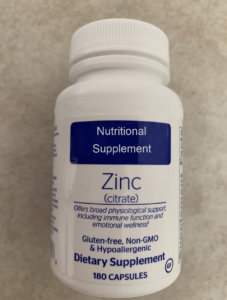
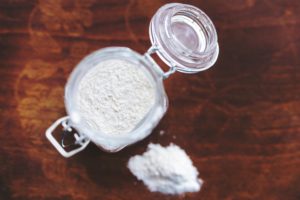
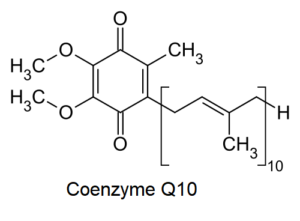
Dr. Buesing,
I really appreciate you delving into this topic. It’s been something I’ve been curious about for a while. The results of the trial for covid surely invites more research. I’ve recently added it to my medicine cabinet and look forward to experimenting on myself.
Thanks,
Jeff Moore, ND, LAc